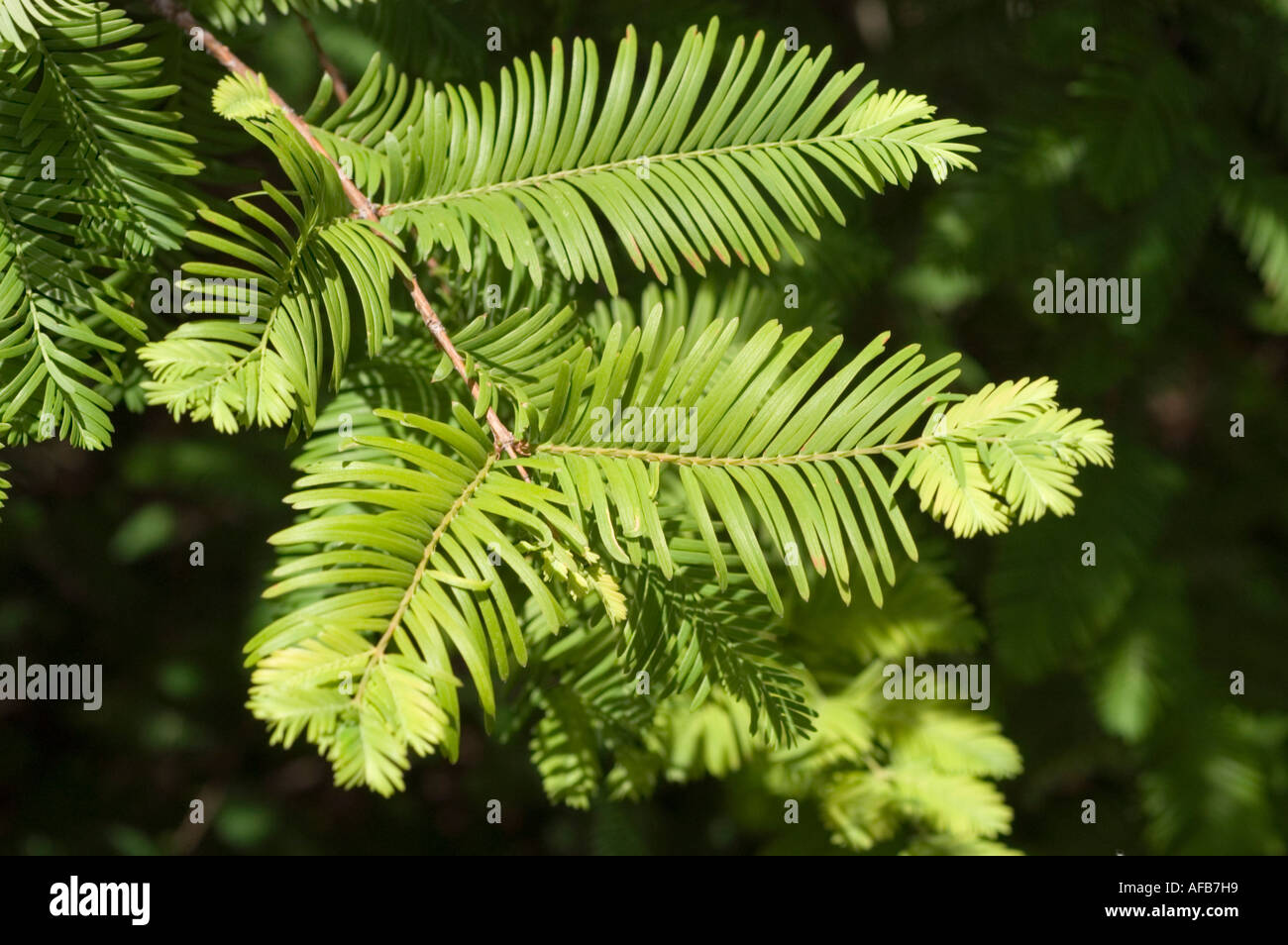

In China, it has been recorded at over 150 feet tall. Not so big as its big cousins the sequoias, which will grow as tall as 350 feet, but big enough. It prefers the acid side of the spectrum. Foliage is gray-green in summer and orange in autumn prior to leaf fall. It likes water in fact, it won’t be bothered if planted in an area that gets standing water. Conifer Native to (or naturalized in) Oregon: No Deciduous conifer, more or less ground sprawling, but if staked, a small tree, maybe 10 ft and 3 ft wide ( 3 × 0.9 m) in 10 years, with weeping branches. Why do dawn redwood lose their needles? Beats me. Those conditions don’t exist for dawn redwoods in their native land, nor for bald cypress, which grow in the swamps of the Carolinas. There are theories about larch losing their needles because of the harsh conditions they exist in snow is less likely to collect on a needle-less branch and break it. The Story of Dawn Redwood (Metasequoia glyptostroboides). It is unclear why dawn redwoods lose their needles. needle-like leaves and seeds contained in some sort of cone, but also drop their needles. Additionally, the tree is deciduous and drops its needles in the fall, revealing its strong branches and bark covered in small canyons. There are a few conifers that lose their needles in the fall, like bald cypress and larch. In the 1990s, the variety ‘Gold Rush’ was discovered and the tree became available to the home gardener. Since then, seeds were distributed around the world to arboreta. If your spot is somewhat alkaline, there are methods to make your soil acidic, though you may need to repeat this treatment often. Features fine and feathery leaves, bright green in color, opposite in arrangement, flattened and about 1/2' long and 1/16' wide. Then, in 1947, a small stand was discovered growing wild in Hubei province, China. Soil The dawn redwood does not do well if grown in alkaline or dry soils. This deciduous, monoecious, coniferous tree grows to 100 feet tall. Attributes This tree: Doesn't require much maintenance. The samples (ca 0. Until the 1940s, though, we only knew of it through fossils. Experimental The leaves (needles) were collected during the vegetative season 1984 from one Metasequoia glyptostroboides tree growing near the pond in the park of the Branicki Palace in Bistok.

Easy to transplant, performs best in moist, well-drained, slightly acid soils. They were all over the northern hemisphere about 50 million years ago, shading the dinosaurs. Deciduous conifer, more or less ground sprawling, but if staked, a small tree, maybe 10 ft and 3 ft wide ( 3 × 0.9 m) in 10 years, with weeping branches. Is it an acquired taste, the conifer that loses its needles in the fall? Or is it just for folks who are bored with everything in the garden and looking for something new? New foliage emerges light green in spring and turns into an appealing red-bronze color in fall. Dawn redwood or Metasequoia glyptostroboides. Dawn Redwood Metasequoia glyptostroboides Description & Overview Dawn Redwood is a deciduous, coniferous tree that has an upright, pyramidal form slowly reaching heights of up to 100 feet. Get yourself your very own Swamp King through our residential planting program, RiverSmart Homes or plant one yourself and receive up to $100 back through our tree rebate program. Straight-trunked and stately, the bald cypress is a native tree that adds a unique character to a home landscape. It turns out that Bald Cypress actually does pretty well on dry sites and its absence from areas outside of swamps was probably due only to its susceptibility to fire. It’s a fast grower and can reach a height of 70 to. Its needles are opposite on the stems (an easy way to identify it). While the bald cypress is happiest in its swamps, the tree still has something to offer us city-dwellers. The dawn redwood tree is botanically known as Metasequoia glyptostroboides. The trunk of the bald cypress flares near the base – this makes for a very stable trunk that can withstand the rigors of flood events and waterlogged soils. Therefore, it has evolved some interesting traits to thrive in wet and swampy conditions. It’s also a unique specialist species – it evolved to succeed in its unusual swampy environment. The yellow leaves drop for autumn in late October/November leaving the soft spongy redwood bark to be admired all winter long.

Before dropping its lacy needles, it turns a vibrant russet red color. Known as the swamp king of the South East, it is called “bald” because it drops its leaves in the fall. This Dawn Redwood (Metasequoia glyptostroboides) is a fantastic specimen plant (individual plants that stand out in the landscape). With its flared trunk and brassy needles, the bald cypress is quite a sight in the fall.


 0 kommentar(er)
0 kommentar(er)
